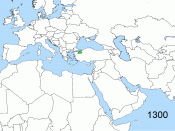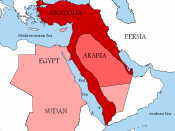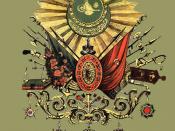1450-1750 was an extremely important time in the history of the world. The most common type of government was an absolutist. Although specifics within civilizations were varied the general concepts were the same. Governments influenced everything from religion to social status to trade. Ming China and the Ottoman Empire were two major world powers at this time. They were both ruled by absolute rulers but not only did their governments vary but their views on the merchant class were very different.
In Ming China absolutism was brought back after the fall of the Yuan Dynasty run by the Mongols. Their civilization was extremely ethnocentric. The emperors had complete and total rule over the land and all the people. Neo-Confucianism played a large role in the government. This included the reinstatement of the civil service exam which improved the quality of upper class officials and the subordination of women to men.
Also the scholar-gentry class worked their way back up to the stop of the social ladder. The emperor had a council of officials called the eunuchs who played an extremely influential role on the government although they had no real power. The rulers were harsh and gave out strict and cruel punishments to all who did not obey. If an official was corrupt or dishonorable to the emperor he was subject to brutal beatings, torture, and even death. During the Ming era China closed its doors to all trade. The emperor put a stop to the Treasure Fleets because the people thought they were a waste of money and no products of value were being returned to the country. Also China wanted no outside influences to penetrate their civilization. Internal trade was encouraged but these actions brought along many problems for the merchants. Even when international trade was allowed, the...


